
The project have important repercursiones in disclosure, as it allows any user to be able to analyze the results of a survey regardless of their complexity.
Researchers from the "Urban Planning Laboratory" research group at the School of Architecture of the University of Granada (UGR) have developed a project to improve the representation of data in opinion surveys.
The research, published in the scientific journal Entropy, used the methodology to interpret a survey of schoolchildren in Granada on their opinion of their school environment, demonstrating the influence of the way in which the child moves to and from school on their perception of the city.
This methodology makes it possible to convert the responses of a large number of respondents into a single, extremely simple graph, which makes it easier to understand the different types of responses made by the individuals under study. The analysis of this graph can be carried out by a user who is not specialised in surveys, nor familiar with the statistical analyses commonly used for this purpose. This allows any user, with a brief explanation, to analyse and interpret the results of a survey, regardless of its complexity or size.
Francisco J. Abarca, one of the UGR researchers involved in the work, explains that conducting opinion surveys can be frustrating when the initial hypotheses are not answered. "With this tool, which allows both quantitative and qualitative questions and uses Artificial Intelligence processes, profiles of the respondents are created based on the data set, forming a very descriptive graph that allows each profile to be understood through colours," he points out.
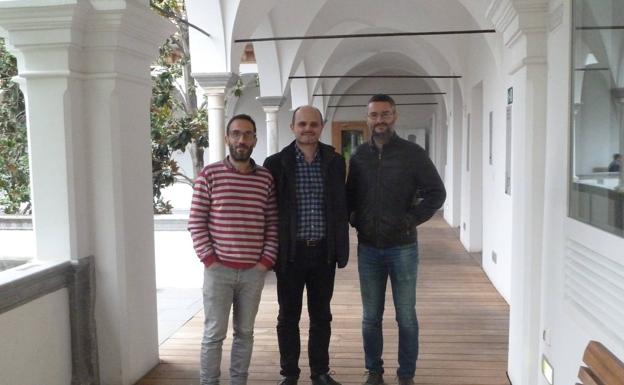
This methodology is presented as an opportunity to make obtaining knowledge from a survey or questionnaire affordable. This reduces the time spent on analysis while limiting the frustration that researchers often experience with the results of a survey when no clear conclusions are drawn from them.
The results analysed define a proposal for a "kinder city" for children.
In the research, the methodology was used to interpret a survey of schoolchildren in Granada on their opinion of their school environment, demonstrating the influence of the way in which the child moves to and from school on their perception of the city.
The population is made up of 10 and 11 year olds from two thirds of Granada's public schools. As a teaching innovation project, the students of the Architecture degree have carried out these surveys to learn about the importance of citizens' opinions in the development of urban planning.
The results were, according to Francisco J. Abarca, surprising: the family context defines the child's autonomy which, in turn, defines the relationship with their urban environment. "While children who walk alone to school are more critical of their environment, those who are accompanied by their parents on foot see the city in a more positive way. Children in motorised vehicles, on the other hand, have a more negative view".
This survey has a useful practical application: defining city improvement proposals to transform urban environments. Children prefer pedestrian, safe and enjoyable environments. The motorisation of streets makes them anxious and gives them a poor view of the city.
The results, analysed using their innovative tool for representing data in opinion surveys, have led to the creation of this proposal for a "friendlier city". The researchers have shown interest in submitting their project to scientific journals so that other scientists can use this methodology which, according to them, "allows us to see beyond initial hypotheses".
Actualmente, están llevando a cabo la implementación de la metodología a través de la spin-off de la UGR llamada «GIS4tech». Esta spin-off fue segundo premio en el VII Concurso de Emprendimiento Universitario 2017 (www.gis4tech.com)



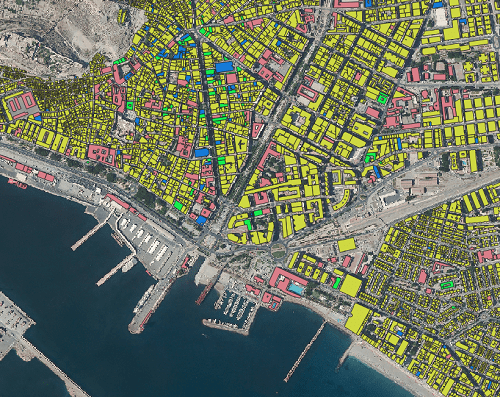

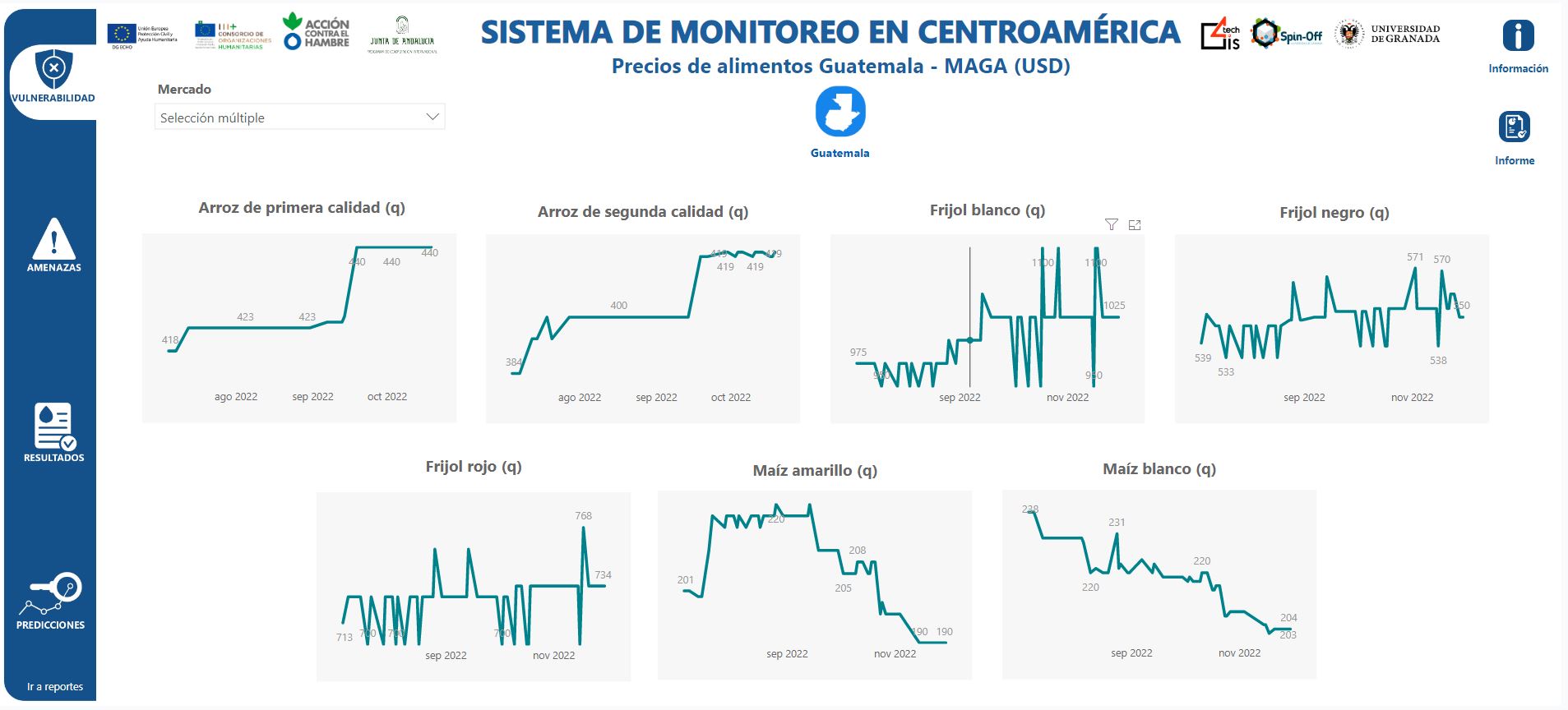
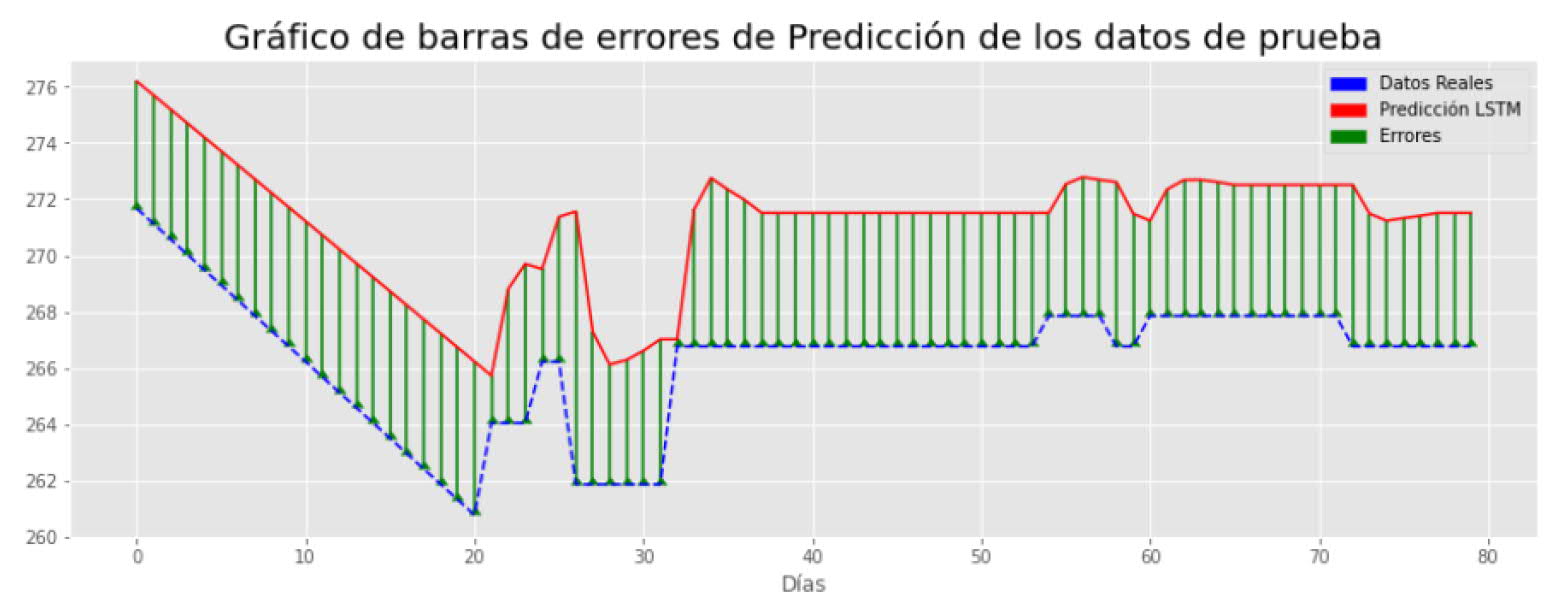
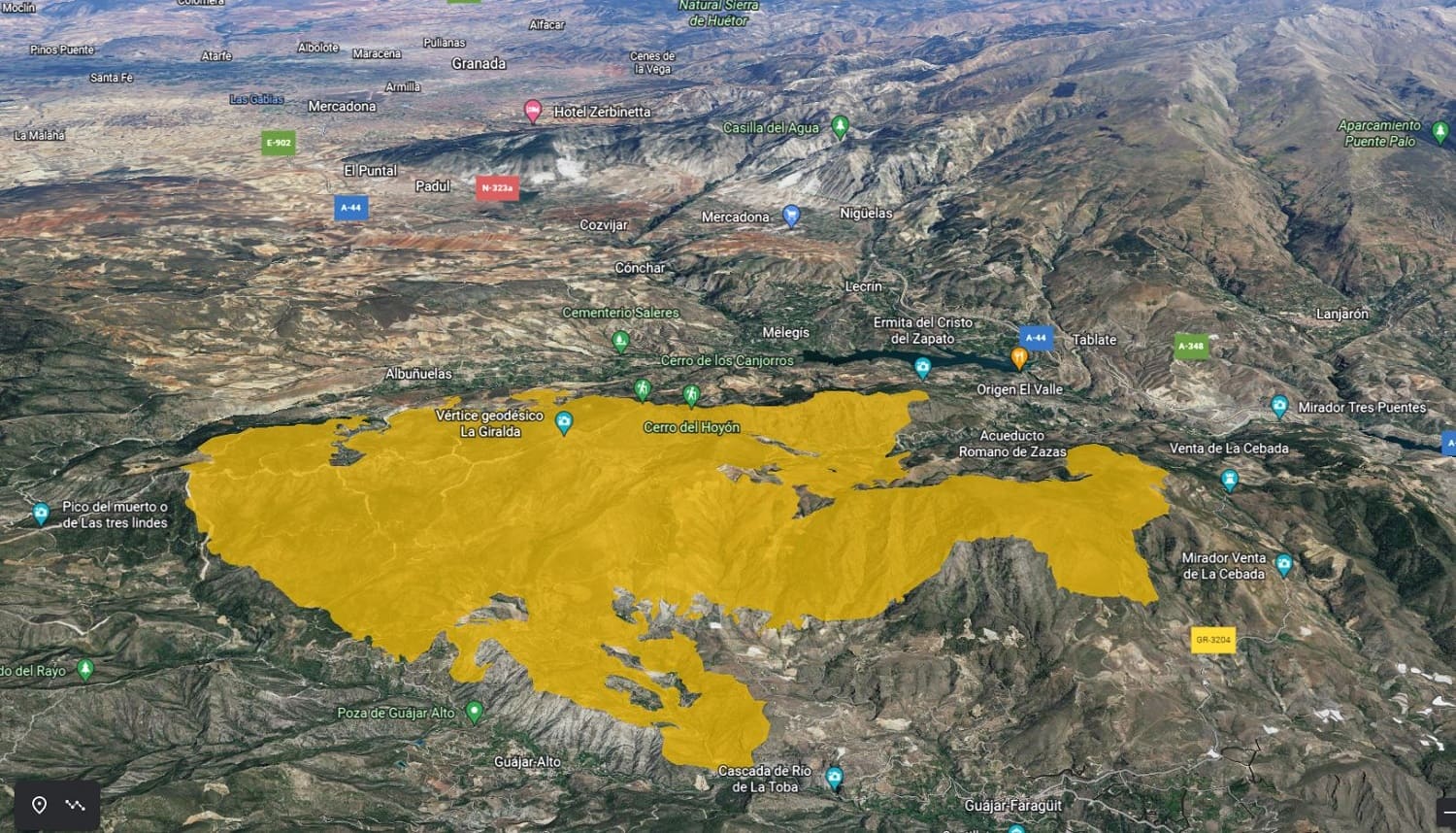
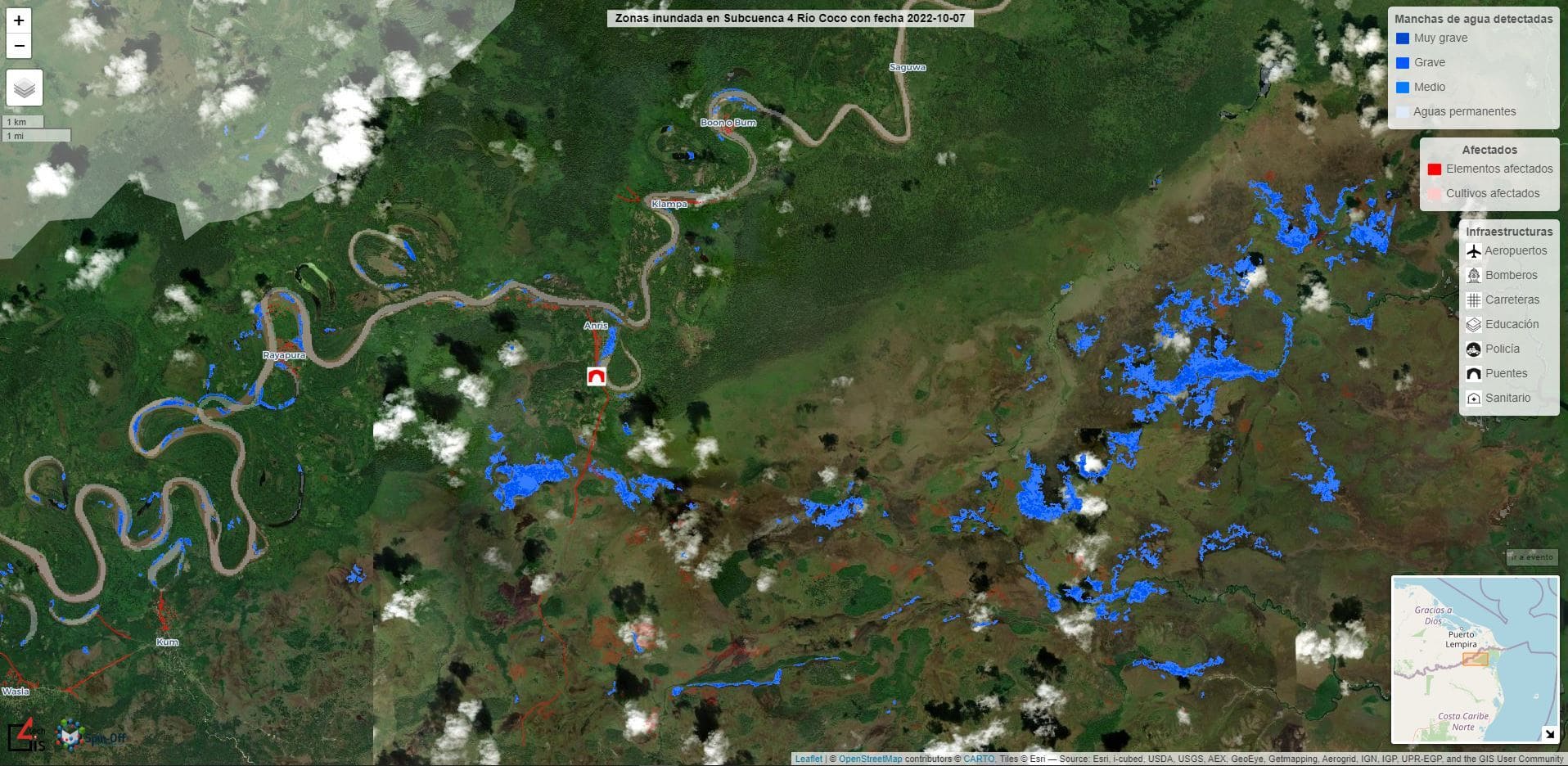
The information in this article has been obtained from the following newspaper Ideal
Correo electrónico: info@gis4tech.com
